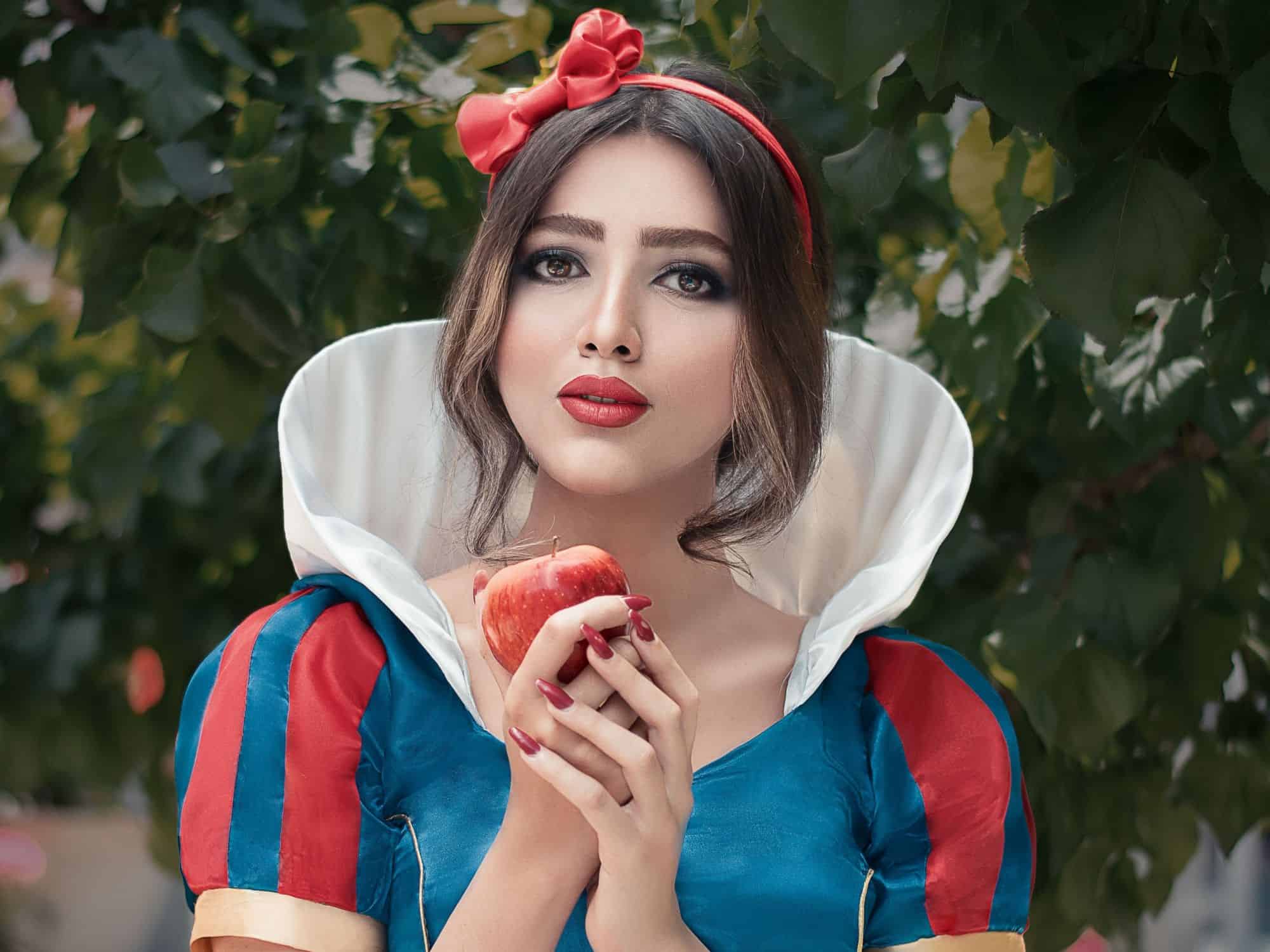In the ever-evolving digital art landscape, a bold new term is making waves among artists, tech aficionados, and trendsetters — Caricatronchi. But what exactly is Caricatronchi, and why is it sparking such heated discussion in creative and technological circles? Let’s dive into this groundbreaking concept and explore why it’s becoming a defining feature of the digital art scene.
At its essence, Caricatronchi represents a fusion of exaggeration and fragmentation. It draws on the overstated charm of caricatures while integrating anatomical disassembly, resulting in surreal and often bizarre visuals that reflect the disjointed nature of modern digital identity. This isn’t about mockery—it’s about message. Caricatronchi is a visual language that encapsulates the performative, fractured self we present online.
In this article, we’ll unpack the origins of Caricatronchi, its visual identity, deeper meaning, and why it’s emerging as one of the most thought-provoking artistic trends of the mid-2020s.
What is Caricatronchi?
Caricatronchi is a hybrid term combining “caricature” and “tronchi,” merging traditional artistic distortion with AI-driven design and modern tech aesthetics. It’s more than just a style—it’s a cultural movement redefining how we perceive and represent ourselves.
Imagine the exaggerated likenesses of caricatures—those comical renditions often seen at amusement parks or editorial pages—transformed with the help of advanced technologies like algorithmic rendering, virtual reality (VR), and augmented reality (AR). Caricatronchi elevates these visuals into a new dimension where satire becomes immersive art. It’s caricature, evolved through innovation.
Why Caricatronchi Is Getting Popular
1. Merging Technology with Artistic Expression
While AI-powered tools and digital illustration software are now widespread, Caricatronchi stands apart by marrying nostalgic distortion with futuristic aesthetics. Artists can go beyond traditional formats—turning Caricatronchi concepts into animated avatars, AR experiences, or 3D-printed installations. It’s a fresh, boundary-breaking way to create.
2. A New Avenue for Personal Branding
From social influencers to major corporations, many are adopting Caricatronchi visuals to craft memorable brand mascots and icons. Its playful yet refined style makes it a standout choice for identity-building. Unlike generic logos, Caricatronchi imagery creates a stronger emotional and visual impact.
3. Entertainment and Gamification
Caricatronchi has quickly carved a niche in entertainment. Whether it’s game characters, VR avatars, messaging stickers, or NFT collectibles, this style fits naturally into interactive digital experiences. Its exaggerated features and dynamic forms enhance user engagement in virtual spaces.
Key Caricatronchi Art Features
- Overdrawn Proportions: Big heads, twisted limbs, and expressive faces—reminiscent of classic caricatures but reimagined in a digital context.
- Tech-Inspired Textures: Elements like glowing lines, metallic surfaces, and digital glitches evoke a futuristic, cyberpunk aesthetic.
- Emotion-Driven Design: Each piece emphasizes expressive storytelling—conveying sarcasm, joy, irony, or absurdity in exaggerated yet relatable ways.
- Interactive Dynamics: Many Caricatronchi creations are designed to move, speak, or respond through AI, making them feel alive and immersive.
A Brief History of Exaggeration in Art
To truly grasp the concept of Caricatronchi, it’s essential to explore its artistic roots.
The origins of caricature trace back to 16th-century Italy, where artists like Leonardo da Vinci began amplifying distinct physical or behavioral features for satirical or humorous effect. This form of artistic exaggeration gained widespread recognition through the works of British satirists such as James Gillray, who sharpened the art’s role in political and social commentary.
As the 20th century unfolded, new movements like surrealism, cubism, and expressionism emerged, transforming the way art reflected the human condition. Icons like Picasso, Francis Bacon, and Salvador Dalí distorted forms not for laughs, but to expose psychological and emotional truths. These movements shifted the focus from realism to inner expression.
Caricatronchi draws inspiration from all these legacies. It inherits the caricature’s bold exaggerations, surrealism’s dreamlike deformations, and the modern digital world’s fragmented, hyper-visual aesthetic. The result is an art form that thrives on distortion as a means of deeper exploration.
How to Get Started with Caricatronchi
Whether you’re an artist, entrepreneur, or curious digital native, entering the world of Caricatronchi is more accessible than ever. With just a few tools and platforms, you can begin creating your own exaggerated digital masterpieces:
- AI Art Generators: Use tools like Midjourney or DALL·E to produce base designs with exaggerated features.
- 3D Modeling Software: Take your creations further with Blender or ZBrush, adding layers of depth and interactivity.
- Augmented Reality Filters: Platforms like Spark AR or Lens Studio let you animate your Caricatronchi characters for social media experiences.
- NFT Marketplaces: Given their unique, surreal nature, Caricatronchi creations are ideal for minting and selling as collectibles.
The process is as playful as it is powerful, inviting creators to explore distortion as both an aesthetic and commentary tool.
The Future of Caricatronchi
As artificial intelligence and immersive tech continue to evolve, so does the potential for Caricatronchi. The convergence of caricature with smart technology opens doors to revolutionary forms of expression.
We’re entering a phase where emotionally responsive avatars, customized visual narratives, and interactive artwork are becoming the norm. Imagine a Caricatronchi robot therapist that responds to your mood with exaggerated empathy, or a real-time caricature that responds to your voice in a political protest.
This fusion of humor, critique, and innovation makes Caricatronchi a future-facing art form—one that responds to the digital age with dynamic satire and emotional depth.
The Digital Medium: Where Caricatronchi Thrives
Although it can be expressed through traditional mediums like paint or sculpture, Caricatronchi truly comes alive in the digital realm. Online platforms such as Instagram, Behance, and NFT marketplaces serve as vibrant galleries for these fantastical creations.
Digital tools empower creators to:
- Precisely manipulate and layer images.
- Animate distortions for added impact.
- Use real-time algorithms to alter human features.
- Combine photography with digital illustration for hybrid visuals.
What makes the digital space perfect for Caricatronchi is its ability to support multiplicity. One piece might feature three heads, blinking eyes, or fluid body parts that react to user input. These are no longer static portraits—they evolve, interact, and reflect the audience back to itself.
In immersive installations, Caricatronchi pieces might shift shape based on sound, light, or spoken keywords—creating a responsive and thought-provoking experience for viewers.
Caricatronchi as Cultural Critique
Beyond its visual eccentricities, Caricatronchi holds significant cultural weight.
We live in an era defined by avatars, selfies, filters, and online personas. Our visual identities are carefully curated, often tailored for likes, validation, or personal branding. Caricatronchi challenges this aesthetic conformity by flipping the narrative.
- An overextended smile may reflect society’s pressure to always appear cheerful.
- A disjointed or warped torso can symbolize the unrealistic beauty standards that fuel body dysmorphia.
- Enlarged or multiplied eyes can serve as a critique of surveillance culture and the constant gaze of digital platforms.
The intention isn’t to ridicule—it’s to provoke reflection. Artists using Caricatronchi leverage distortion not just for style but to reveal emotional and psychological consequences of living in a hyper-visual world. It’s satire with sincerity, distortion with depth.
Identity, Performance, and Post-Human Expression
One of the most captivating dimensions of Caricatronchi lies in its exploration of post-human identity. This emerging art form delves into how individuals envision and portray themselves beyond traditional human boundaries—frequently shaped by digital technology, artificial intelligence, and virtual environments.
In many Caricatronchi artworks, the human form is barely recognizable—distorted, multiplied, abstracted, or entirely absent. But this isn’t about erasing humanity; it’s about evolving it. The emphasis is on metamorphosis rather than dehumanization.
Caricatronchi fundamentally disrupts the notion that identity is static or singular. Just as we curate different personas across various online platforms, Caricatronchi presents figures that are layered, paradoxical, and in constant flux. It’s not merely self-expression—it’s meta-expression, a deeper commentary on the fragmented self in a digital age.
Some creators use AI tools to develop Caricatronchi pieces that react to emotional triggers or social data. These generative visuals become metaphors for digital emotions—empathy, anxiety, cognitive overload—offering a visual representation of a splintered consciousness shaped by technology.
Educational and Therapeutic Applications
Caricatronchi is no longer confined to galleries or online portfolios; it’s making its way into educational and therapeutic environments.
- Art Therapy: Patients use exaggerated or abstracted imagery to symbolize inner turmoil, such as anxiety, trauma, or emotional instability. The distortion becomes a language for the unspeakable.
- Creative Writing: Educators incorporate Caricatronchi figures into writing exercises, prompting students to construct character stories that explore transformation, perception, and identity.
- Digital Literacy Workshops: These sessions use Caricatronchi to examine how media, filters, and curated personas shape our understanding of self-image and online identity.
These applications highlight Caricatronchi’s potential as a healing and educational tool, particularly for individuals who struggle to articulate their emotions or sense of self through conventional means.
Caricatronchi and the Algorithm
In the world of digital art, visibility is governed by algorithms—unseen arbiters of what content gets attention. Caricatronchi, however, defies algorithmic expectations.
Unlike the smooth, pastel visuals typically favored by social media platforms, Caricatronchi leans into discomfort, complexity, and tension. It isn’t designed for virality; it’s meant to provoke thought and elicit emotional depth.
Ironically, this refusal to conform often makes Caricatronchi stand out in algorithm-driven feeds. These striking, unpredictable visuals grab attention—not through broad appeal but through their bold uniqueness. In some cases, they achieve virality not by being easily digestible, but by stirring meaningful engagement and emotional curiosity.
This tension between resisting aesthetic norms and gaining algorithmic traction is what makes Caricatronchi so dynamic. It continuously balances authenticity with digital visibility, pushing boundaries while remaining relevant.
Communities and the Caricatronchi Movement
The Caricatronchi movement operates without a central hub or official manifesto. Instead, it thrives in decentralized digital communities—on platforms like Discord, Telegram, and niche forums—where artists, theorists, and technologists converge to exchange ideas and reinterpret one another’s work.
Within these creative spaces, a few key practices have emerged:
- Collab Chains: A single artist initiates a Caricatronchi piece, which others subsequently modify or reinterpret. The process itself becomes a form of collective performance.
- Theme Drops: Weekly prompts such as “Surveillance Self” or “Algorithmic Guilt” encourage artists to explore psychological or sociopolitical concepts through visual distortion.
- Anonymous Sharing: To reduce ego and focus on meaning, many artists share work anonymously, allowing the image—not the creator—to take center stage.
These evolving spaces act as experimental labs for the Caricatronchi ethos. They are more than just galleries—they are incubators of post-human creativity, where visual storytelling is constantly stretched, challenged, and redefined.
A New Visual Literacy for a New Age
If Caricatronchi feels unsettling at first glance, that reaction is entirely intentional. This emerging visual language invites us to interpret a new form of artistic expression—one that transcends traditional illustration. These aren’t just stylized drawings; they are compressed symbols of emotion, identity, and digital-era tension. Each piece acts as a visual code, challenging us to read distortion not as a flaw, but as intentional design.
This evolving form of visual emotional literacy—the ability to interpret exaggerated or fragmented imagery as deliberate and meaningful—will become increasingly vital. With the rapid rise of generative art tools, more creators are experimenting with surreal and symbol-heavy visuals. As a result, our capacity to decode this artistic language will directly influence how we see ourselves and relate to others in a digitally saturated world.
While Caricatronchi may not define the future of all visual art, it captures a powerful moment in the cultural present. It reflects how we process identity, technology, and emotion through a bold, unfiltered lens.
Final Thoughts
Caricatronchi isn’t just another digital trend—it represents a bold creative shift in how we express and experience art in a tech-integrated world. It blends the humor of caricature with the precision and complexity of modern digital tools. Whether you’re looking to entertain, build a brand identity, or pioneer a new frontier in digital creativity, Caricatronchi offers a limitless playground for the imagination.
This is more than art. It’s a visual revolution.
Amplify perception. Celebrate distortion. Step into the world of Caricatronchi.
FAQs
1. What is Caricatronchi?
Caricatronchi is a cutting-edge art style that fuses caricature with surreal anatomical distortion. It amplifies facial features, body parts, and emotional cues to explore deep themes like digital identity, psychological complexity, and the fragmentation of self in modern society.
2. How is Caricatronchi different from traditional caricature?
Unlike traditional caricature, which focuses mainly on humor and satire, Caricatronchi leans into surrealism and emotional symbolism. Its purpose is not to mock, but to provoke thought—often through discomfort or visual tension.
3. Where is Caricatronchi typically found or shared?
You’ll find Caricatronchi in digital spaces such as Instagram, Behance, NFT platforms, and creative forums. It’s also gaining attention through virtual exhibits, AI-generated galleries, and interactive media installations.
4. What themes does Caricatronchi usually explore?
Common themes include digital surveillance, emotional overload, fragmented identity, and post-humanism. Caricatronchi art often mirrors our complex relationships with media, technology, and the pressures of self-presentation in a digital age.
5. Is Caricatronchi used outside the art world?
Yes. Caricatronchi is being applied in areas like art therapy, education, and workshops focused on mental health and identity. Its visual storytelling helps individuals externalize inner conflict and navigate the psychological impact of living in a visually driven culture.




